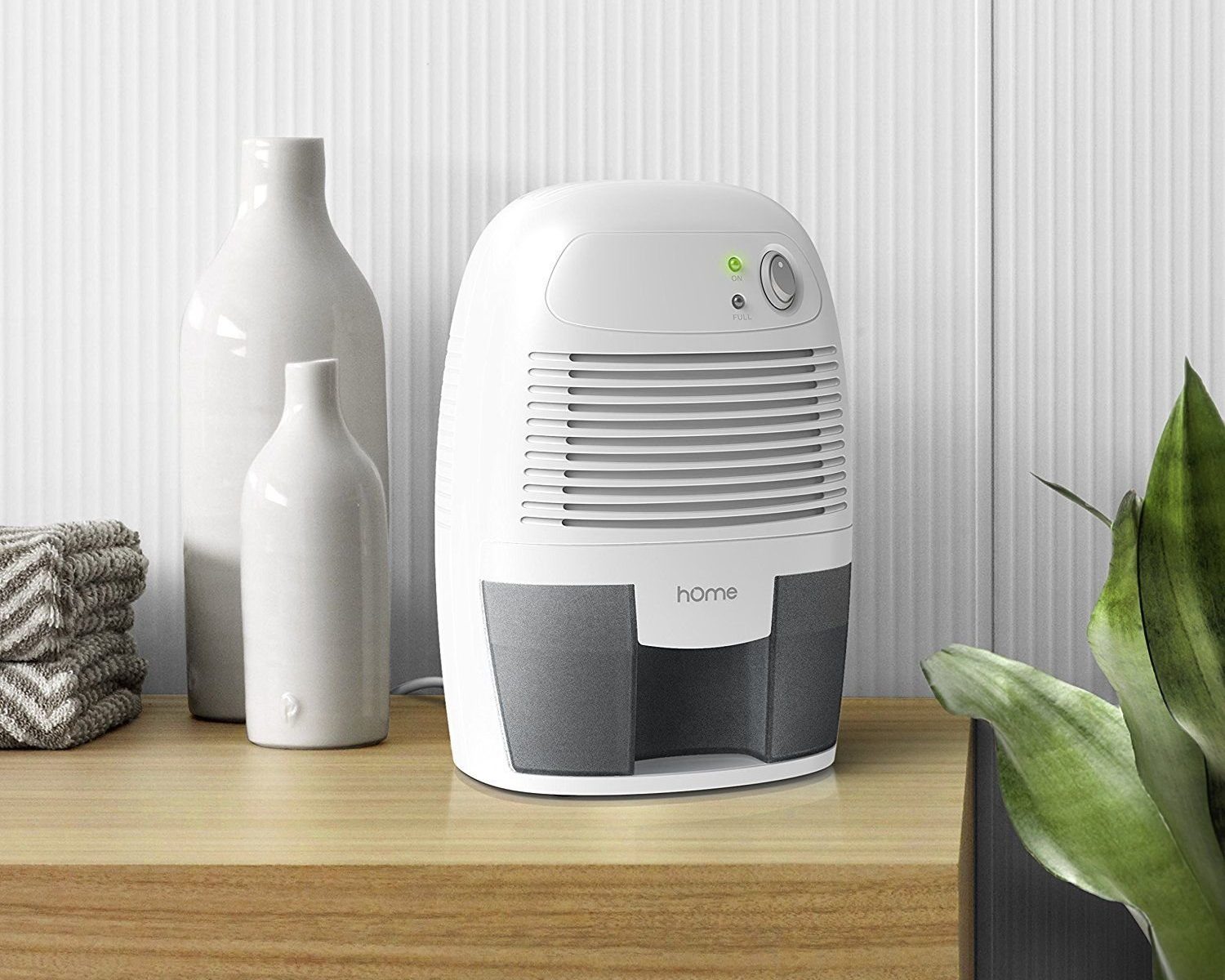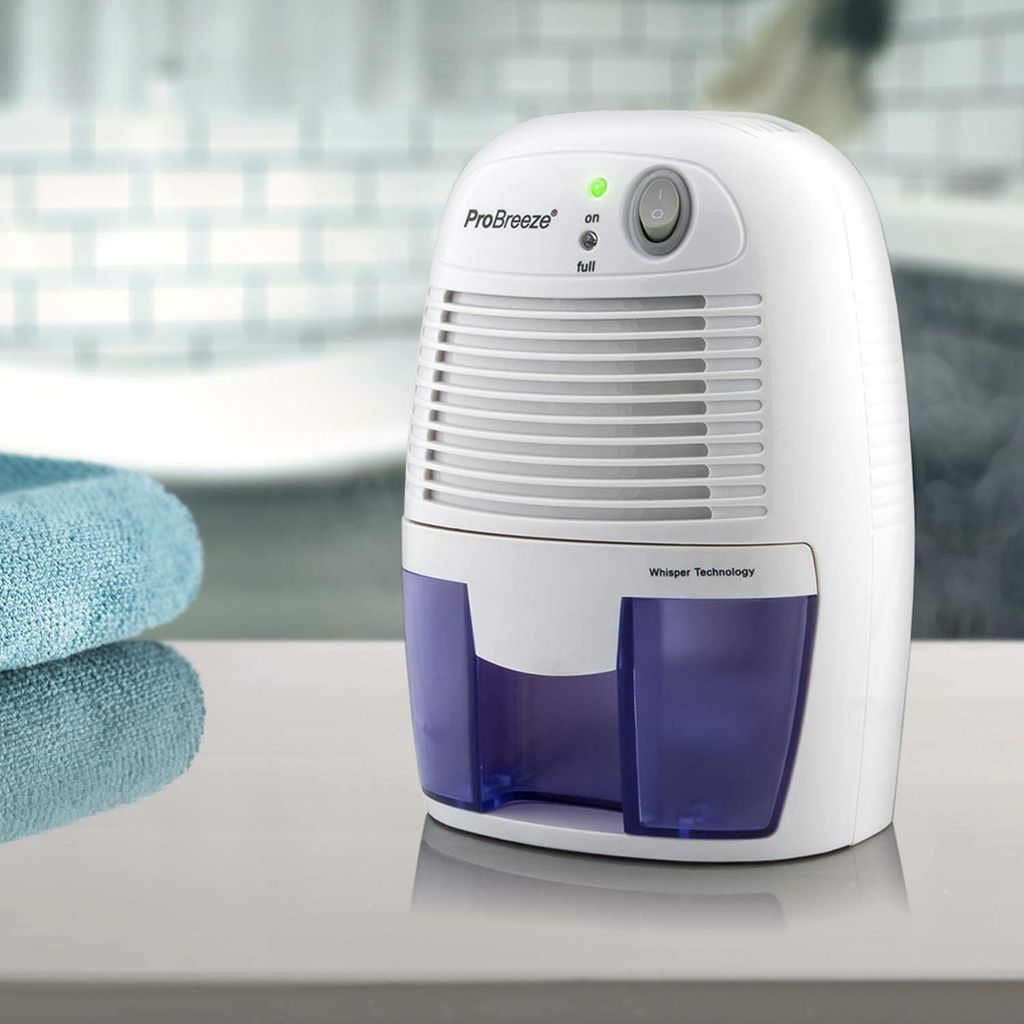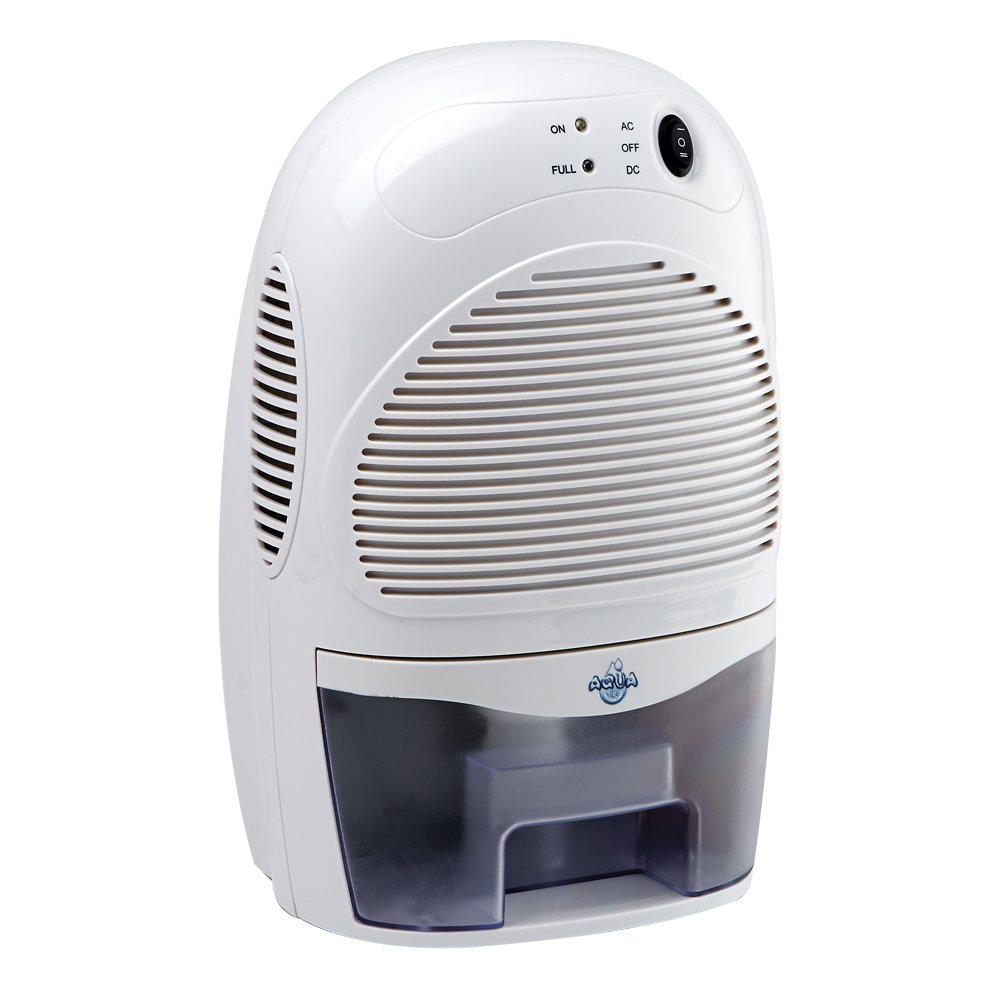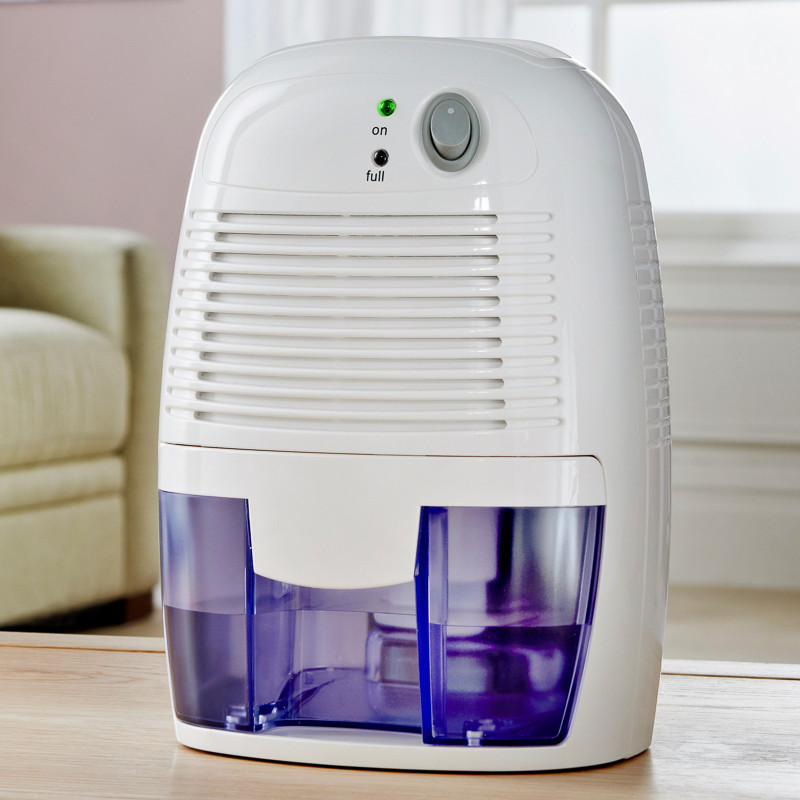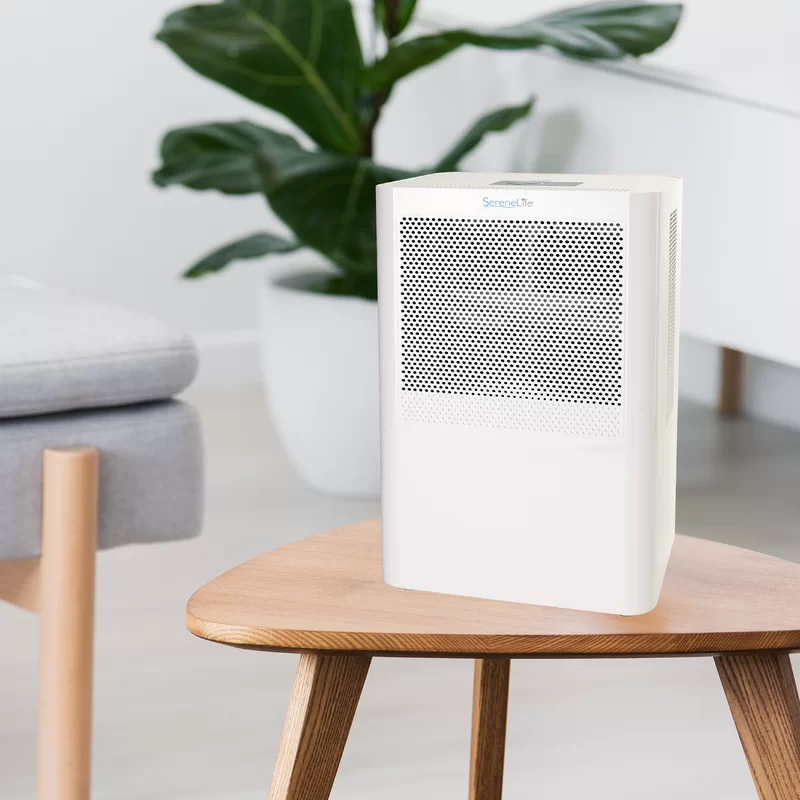Maintaining optimal humidity levels in your home is crucial for comfort, health, and the preservation of your belongings. Enter the small dehumidifier, a compact yet powerful solution designed to combat excess moisture in various environments. Whether you’re dealing with a damp basement, a humid bedroom, or a bathroom prone to mold, a small dehumidifier can make a significant difference. In this comprehensive guide, we will explore the benefits, features, and tips for selecting the best small dehumidifier to suit your needs.
Understanding the Importance
Humidity control is essential for several reasons. Excess moisture can lead to mold growth, which poses health risks such as allergies and respiratory issues. Additionally, high humidity can damage furniture, electronics, and other household items. A small dehumidifier effectively reduces moisture levels, creating a healthier and more comfortable living environment.
Health Benefits of Reduced Humidity
High humidity levels create an ideal environment for mold, mildew, and dust mites, all of which can trigger allergic reactions and asthma. By using a small dehumidifier, you can significantly reduce these allergens, promoting better respiratory health and overall well-being for you and your family.
Protecting Your Home and Belongings
Excess moisture can cause wood to warp, paint to peel, and electronics to malfunction. A small dehumidifier helps prevent these issues by maintaining a stable humidity level, ensuring that your home and possessions remain in excellent condition.
Key Features to Consider
When selecting a small dehumidifier, it’s essential to evaluate several key features to ensure you purchase a unit that meets your specific needs. Here are the critical aspects to consider:
Capacity and Efficiency
The capacity of a dehumidifier refers to how much moisture it can remove from the air in a 24-hour period, typically measured in pints. For smaller spaces, a unit with a capacity of 10-20 pints is usually sufficient. Additionally, look for energy-efficient models to save on electricity bills while effectively managing humidity levels.
Size and Portability
One of the main advantages of a small dehumidifier is its compact size, making it easy to place in various locations around your home. Consider a lightweight and portable model if you plan to move the unit between different rooms or store it when not in use.
Noise Level
A dehumidifier operates by running a compressor, which can produce noise. If you plan to use the unit in a bedroom or living area, opt for a model designed to run quietly to minimize disturbances.
Auto Shut-Off and Humidistat
Features like auto shut-off and a built-in humidistat enhance convenience and efficiency. Auto shut-off ensures the unit turns off when the water tank is full or the desired humidity level is reached, while a humidistat allows you to set and maintain specific humidity levels automatically.
Top Benefits of Using a Small Dehumidifier
Investing in a small dehumidifier offers numerous benefits that enhance your living environment. Let’s delve into some of the top advantages:
Improved Air Quality
By removing excess moisture, a small dehumidifier helps reduce the presence of mold, mildew, and dust mites in the air. This leads to cleaner and healthier air, particularly beneficial for individuals with allergies or respiratory conditions.
Enhanced Comfort
High humidity can make your home feel warmer and more uncomfortable, especially during the summer months. A small dehumidifier helps maintain a comfortable humidity level, making your living spaces more pleasant year-round.
Energy Savings
When humidity levels are too high, your air conditioner has to work harder to cool your home, leading to increased energy consumption. By using a small dehumidifier to manage moisture levels, you can reduce the strain on your HVAC system and lower your energy bills.
How to Choose the Right Small Dehumidifier for Your Space
Selecting the appropriate small dehumidifier involves assessing your specific requirements and the environment where the unit will be used. Follow these steps to make an informed decision:
Assess the Size of the Area
Determine the square footage of the area where you intend to use the dehumidifier. This measurement will help you choose a unit with the appropriate capacity to effectively manage humidity levels in that space.
Identify the Humidity Level
Understanding the current humidity level in your home is crucial. Use a hygrometer to measure the moisture content in the air. If the humidity level exceeds 60%, a dehumidifier is necessary to maintain a healthy environment.
Consider Energy Efficiency
Energy-efficient models may have a higher upfront cost but will save you money in the long run through reduced electricity consumption. Look for units with the ENERGY STAR label, which indicates compliance with energy efficiency guidelines.
Maintenance Tips
To ensure your small dehumidifier operates efficiently and has a long lifespan, regular maintenance is essential. Here are some practical tips:
Clean the Water Tank Regularly
Empty and clean the water tank frequently to prevent the growth of mold and bacteria. Use mild soap and water, and ensure the tank is completely dry before refilling.
Replace or Clean Filters
Filters trap dust and other particles, preventing them from entering the unit. Depending on the model, clean or replace filters every few weeks to maintain optimal performance.
Inspect and Clean the Interior
Periodically check the interior of the dehumidifier for any signs of mold or debris. Use a soft brush or cloth to gently clean the components, ensuring there are no obstructions that could impede airflow.
Keep the Unit in a Clean Environment
Place your small dehumidifier in a clean, dust-free area to minimize the accumulation of contaminants. This practice will help maintain the unit’s efficiency and reduce the frequency of maintenance tasks.
The Environmental Impact of Using a Dehumidifier
While small dehumidifiers are effective in managing indoor humidity, it’s important to consider their environmental impact. Opting for energy-efficient models and properly maintaining your unit can minimize energy consumption and reduce your carbon footprint.
Choosing Eco-Friendly Models
Look for dehumidifiers with the ENERGY STAR rating, which signifies that the unit meets energy efficiency standards. These models consume less power, helping to lower energy usage and reduce greenhouse gas emissions.
Proper Disposal and Recycling
When it’s time to replace your small dehumidifier, dispose of it responsibly. Many components, such as metals and plastics, can be recycled, minimizing environmental waste and promoting sustainable practices.
Frequently Asked Questions
How Does a Small Dehumidifier Work?
A small dehumidifier works by drawing in moist air, passing it over cold coils to condense the moisture into water, and then releasing the drier air back into the room. The collected water is stored in a tank, which you can empty as needed.
What Size Room Can a Small Dehumidifier Handle?
Typically, a small dehumidifier with a capacity of 10-20 pints per day is suitable for rooms up to 500 square feet. However, the specific capacity needed may vary based on the room’s humidity level and other environmental factors.
Can a Small Dehumidifier Be Used in Multiple Rooms?
Yes, a small dehumidifier is portable and can be moved between different rooms as needed. However, it’s essential to empty the water tank regularly if the unit does not have a continuous drainage option.
Is It Safe to Leave a Small Dehumidifier Running Overnight?
Yes, most small dehumidifiers are safe to run continuously, including overnight. However, ensure that the unit is placed on a stable surface away from obstacles and that the water tank is regularly emptied to prevent overflow.
Tips for Maximizing the Efficiency
To get the most out of your small dehumidifier, consider these practical tips:
Optimal Placement
Place the dehumidifier in areas with the highest moisture levels, such as basements or bathrooms. Ensure it has adequate space around it for proper airflow, typically at least a few feet from walls and furniture.
Use in Conjunction with Other Appliances
Pair your small dehumidifier with an air conditioner or fan to enhance overall moisture control. This combination can improve air circulation and maintain balanced humidity levels more effectively.
Seal Leaks and Insulate
Seal any leaks in windows, doors, or walls to prevent excess moisture from entering your home. Additionally, insulating your home can help maintain consistent humidity levels, reducing the workload on your dehumidifier.
Monitor Humidity Levels
Regularly check the humidity levels using a hygrometer to ensure your dehumidifier is maintaining the desired environment. Adjust the settings as necessary to achieve optimal comfort and efficiency.
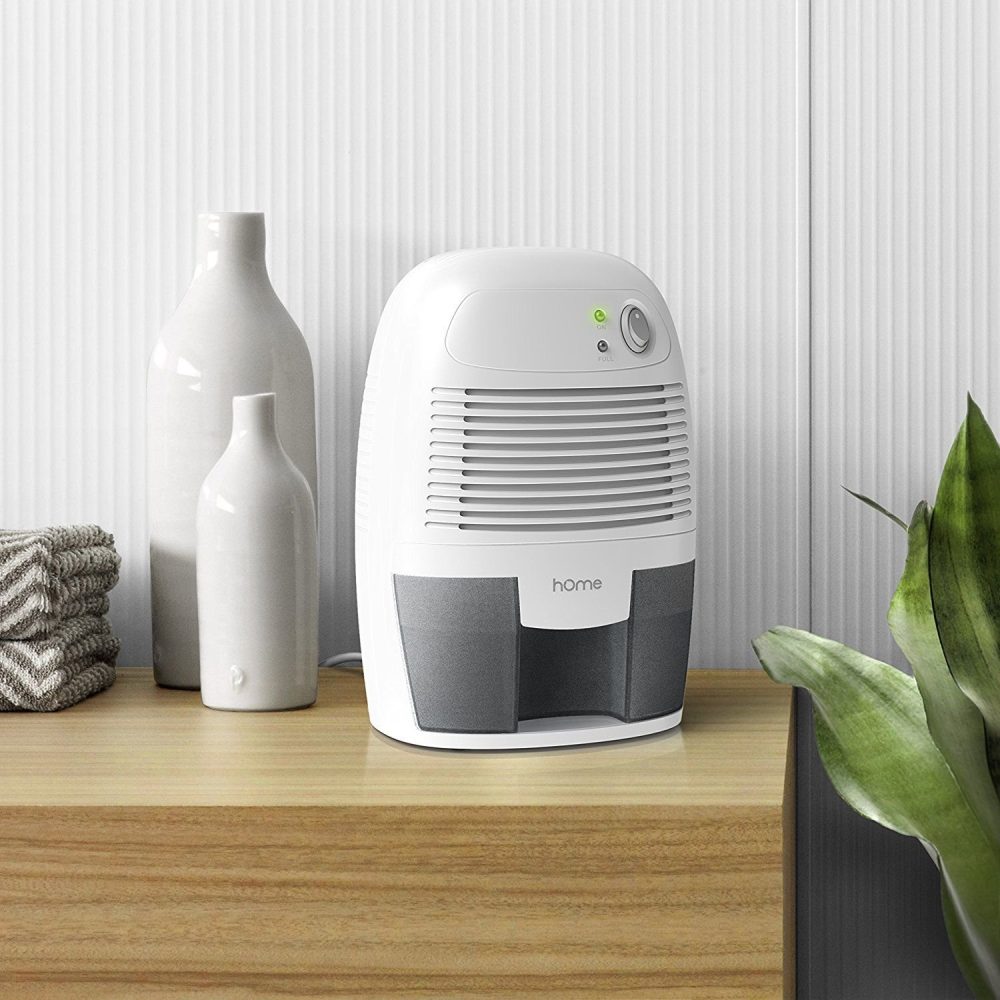 Conclusion
Conclusion
Investing in a small dehumidifier is a wise decision for anyone looking to enhance indoor air quality, protect their home, and ensure a comfortable living environment. With various models available, you can find a unit that perfectly fits your space and meets your specific needs. By understanding the key features, benefits, and maintenance requirements, you can make an informed choice and enjoy the numerous advantages that a small dehumidifier brings to your home. Take the step today to improve your living space and safeguard your health with the perfect small dehumidifier.

